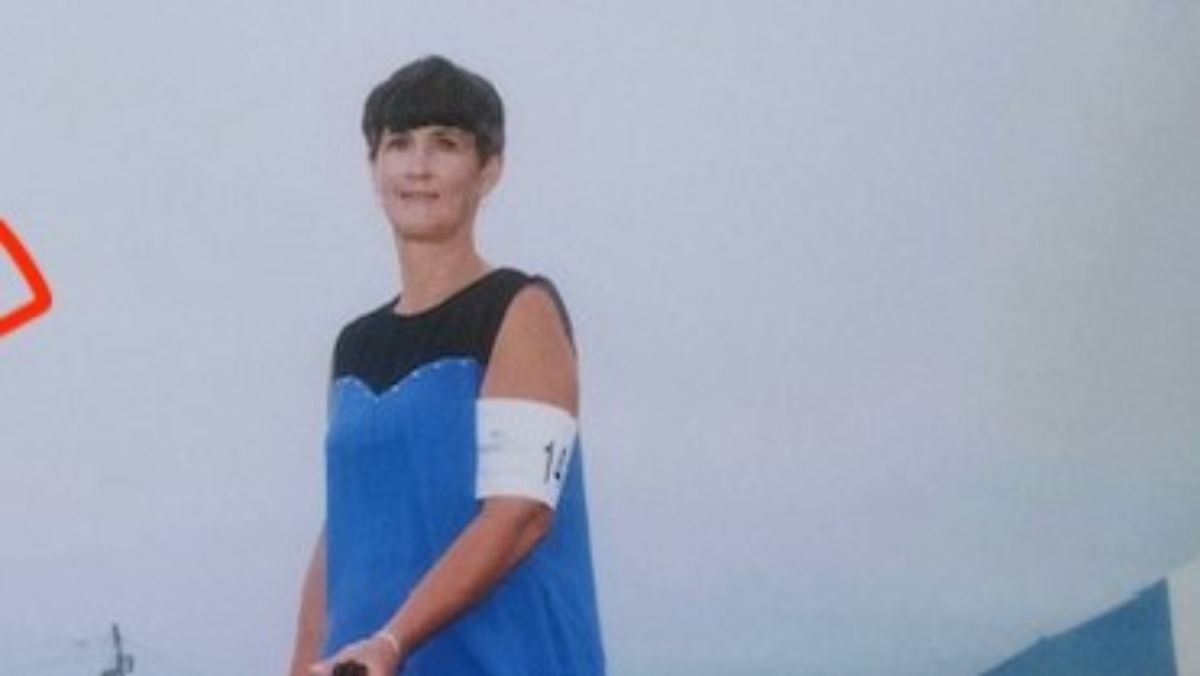Interview with Maria Okolita, Breeder of Three Horses Chesapeakes
- Please tell us a little bit about yourself. Where do you live? How many years in dogs? How many years as a breeder? What is your kennel name?
- What is your “process” for selecting show puppies? Performance puppies?
- In your opinion, is your breed in good condition overall? Any trends that warrant concern?
- As a Preservation Breeder, can you share your thoughts on the sport today? How’s the judging these days? What do you think about the number of shows?
- In your opinion, is social media good for the sport? Is it harmful?
- What are the biggest challenges facing the dog show community as a whole today and how can these be addressed?
- What are some of the positive changes you’ve seen in the sport over the past decade?
1. I am Maria Okolita, founder of Three Horses Chesapeakes, nestled on 37 acres in Orange County, Virginia, by Lake Anna. I started my breeding program in 2014. My competition journey with Chesapeake Bay Retrievers began in 2016, competing in Conformation, Obedience, and Gun Dog Trials. As an American Kennel Club Breeder of Merit and a Bred with H.E.A.R.T. member, I am devoted to enhancing this breed. I play an active role in the American Chesapeake Club and Rappahannock River Retriever Club/Hunting Retriever Club.
2. Selecting show and performance puppies is something I approach with intuition and stringent standards, guided by the breed’s blueprint for temperament, conformation, and drive. I am drawn to those puppies that exhibit an intrepid spirit and a natural confidence—those that reflect the breed’s renowned Standard. Through comprehensive socialization, I map out a puppy’s potential, tuning in to its reactions to a variety of elements such as water exposure, gunfire, and diverse terrain. This diversity of experiences directs me when discerning a puppy’s future. I pay particular attention to those that exude an innate retrieval zeal and the grace of self-stacking.
3. I am witnessing a concerning shift in Chesapeake Bay Retrievers—flawed features and declining prey drive are now worryingly ordinary, straying far from our breed’s core conformation standards and purpose. This normalization of incorrect toplines, angulation, and feet is a dire threat to our breed’s heritage. As a breeder devoted to preserving the breed’s integrity, the increase of inconstancy is alarming and a stark call to action to uphold our cherished Chesapeake’s legacy and to produce correct dogs that can perform.
4. There are good variety and number of shows to compete; however, this year there has been a lack of Beginner Puppy shows. As a Preservation Breeder, I would like to see more attention to awarding dogs for the correct Breed Standard conformation, structure, temperament, drive, and performance. I have seen too many dogs as Winner, Best of Winners, and even Best of Breed by some judges who overlook incorrect toplines, incorrect front and rear angles, incorrect feet, and even a lack of soundness. Many of the dogs in the ring are shown with excess weight and are out of working condition.
5. The advent of social media has largely played a favorable role for those of us entrenched in canine sports. These platforms and the utility of videos and live feeds enable enthusiasts to keep tabs on ringside proceedings. These tools not only enhance knowledge sharing and recognition, but also provide invaluable replay for handlers seeking to refine their craft in the Conformation, Obedience, and Hunt Test arenas. Nevertheless, the darker side to such widespread access is the unsporting commentary, which casts a shadow over our community.
6. A conundrum I can’t ignore is the politics that seem to pervade judging circles. There’s a noticeable trend where prolific handlers and influential breeders, sustained by substantial financial resources, dominate show registrations; some even register without intent to participate—a practice not without its consequences. As someone who painstakingly rears and trains dogs, investing not just funds but my very soul into dog shows, Obedience Trials, and Field Trials, it’s disheartening. I attend and compete diligently, driven by a passion for the breed and the competition. My plea is straightforward: let the judgement in the ring be pure and unbiased, a true reflection of the breed’s conformation standards and purpose. However, the dilemma of no-show registrants remains, an issue that begs for resolution yet eludes a good answer.
I attend and compete diligently, driven by a passion for the breed and the competition.
7. I have been encouraged to witness a shift in the sporting landscape, characterized by youthful vigor. Within this transformation lies an attitude that promotes the encouragement, engagement, and mentoring of young individuals. The eagerness of organizations to embrace this change is evident, as most shows, clubs, and hunt tests have made it their mandate to acknowledge the efforts of these young handlers. There’s a celebration of their growing relationships with their dogs and the accolades they accumulate. These recognitions symbolize our commitment to fostering a new generation of enthusiasts who will carry the torch of our cherished traditions.









